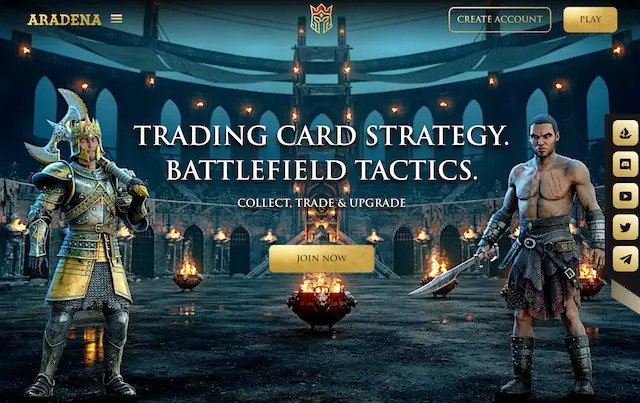
Warriors of Aradena NFT(Crypto) Game | How to Start and Earn
Looking for a new and innovative competitive strategy game? Look no further than Aradena! With gameplay mechanics that combine deck-building with strategic gameplay and a medieval fantasy setting, Aradena offers a unique and deeply immersive gaming experience. Plus, with NFT ownership and the ability to earn real financial rewards, Aradena is at the forefront of web3 technologies. Read on to learn more about the game rules, earning potential, and how to get started purchasing Warrior NFTs.
Aradena has also been selected for the following summary article.
- Top 6 NFT Trading Card Games of 2023: Reviews and Ratings
- Best Gamefi Projects of 2023: Top Picks and Reviews
What is Aradena?
Aradena is a revolutionary and exciting competitive strategy game, set in the medieval fantasy Kingdom of Aradena, that combines Hearthstone-like deck-building mechanics with the strategic gameplay of Civilization, Warhammer, XCOM, and more, utilizing innovative gameplay developments and web3 technologies to provide a deeply immersive gaming experience where players have full decentralized ownership of their in-game items, such as NFTs, and the ability to earn real financial rewards through trading and engaging in meaningful and exhilarating gameplay experiences on the 3D battlefield.
It will also be free to play.
| Game Title | Aradena |
| Genre | Simulation |
| Blockchain | ETH+ImmutableX |
| Game Token | $AG |
| Contract Address | under investigation |
| Initial Investment Amount | Free of charge |
| Reward | under investigation |
| Supported Models | Mac, Windows, iOS, Android |
| Official Site | https://aradena.io/ |
| Official Twitter | https://twitter.com/AradenaWarrior |
About NFT
Aradena has two main NFTs.
- Card NFTs (Warriors, Units, Stratagems)
- Aradena Comics
Card NFTs
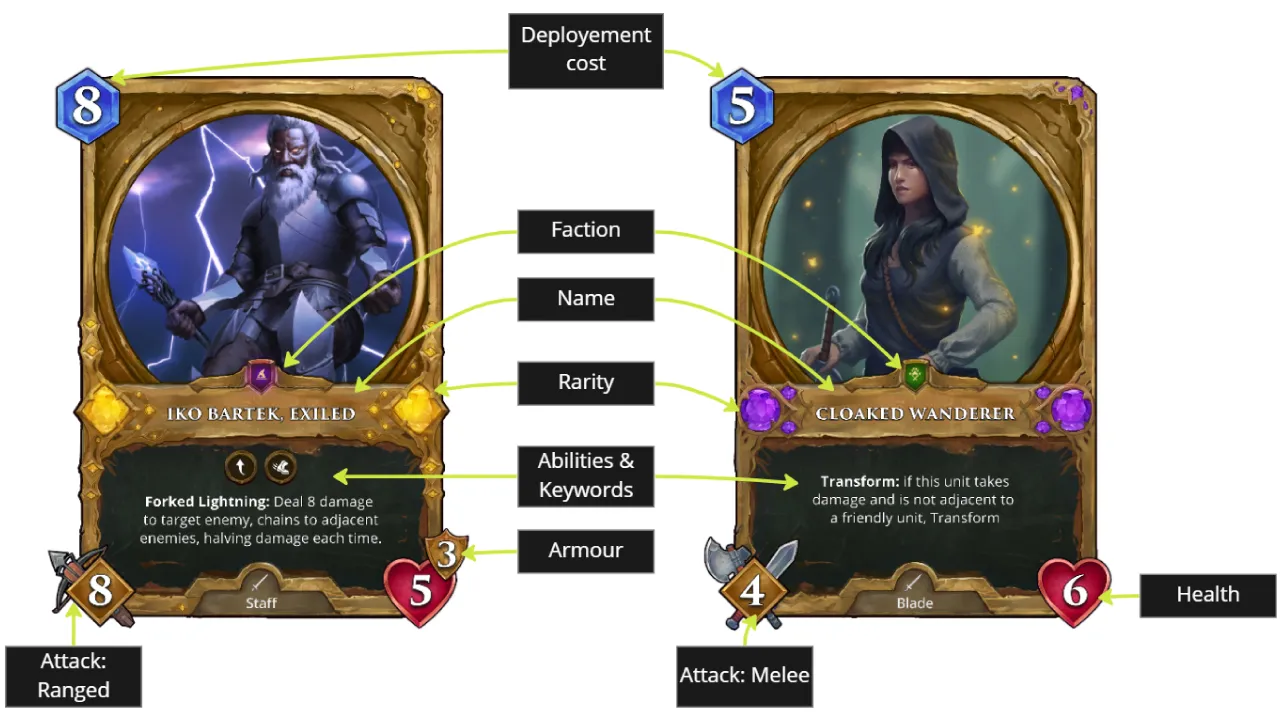
In Aradena, there are three types of cards:
- Warrior
- Unit
- Stratagem
All cards can be used in a deck, but the player must first select a Warrior card to become the commander. By using different Warrior cards, players can utilize different types of Unit and Stratagem cards within their army.
Warrior

The Warrior is currently comprised of two Genesis NFT collections, “Warriors of Aradena” and “Women of Aradena,” with second-generation Warrior cards planned for the future. These cards are primarily used as the player’s army commander and can be utilized in various strategic constructions. Additionally, features accessible through owning a Warrior card include Recruitment (Genesis only), Quests, Warrior Skills, and Weekend Tournament modes.
With the exception of the Warriors in the Starter Deck available to all game accounts, all Warrior cards are NFTs. Furthermore, Warrior cards are classified by rarity based on their strength and effectiveness on the battlefield.
Warriors of Aradena (Genesis Male Warriors):
Warriors of Aradena was the first NFT collection for Aradena, consisting of 8,000 hand-drawn Warriors by award-winning artists. The entire collection was sold out in just 13 minutes after release.
These Warriors are represented as playable characters in 3D on the battleground. Each Warrior is completely unique and made up of various assets. They possess five stats that impact in-game performance. All Genesis Warriors were released in August 2021 at a price of 0.045 ETH each.
Women of Aradena (Genesis Female Warriors):
Women of Aradena is composed of 5,200 female warriors hand-drawn by the same artist as Warriors of Aradena. This collection has the same functionalities and the characters are also playable on the battleground in 3D. Women of Aradena was made available for free to Genesis Warriors holders in November 2021.
Unit
Units are cards that can be deployed onto the battlefield during gameplay. They come in Silver, Gold, and Diamond builds, and a small number of Unit cards also possess Player Souls and Warrior Souls. The Starter Deck consists of Player Soul Unit cards, while Warrior holders can access Warrior Soul cards if they have unlocked their respective Skill Titles. Units are classified by their strength and effectiveness on the battlefield into different rarities.
Units make up the main force of the player’s army and are characterized by their Class, Type, and Subtype.
Class
Each class has a characteristic that represents the main purpose on the battlefield. There are five classes:
- Infantry
- Cavalry
- Warmachine
- Giant
- Warrior
Each class has its own advantages and disadvantages in combat against other classes based on their basic characteristics. For example, Infantry has an advantage over Giants because of their smaller size, which allows them to avoid damage and maneuver more effectively than their slower opponents.
Type
Each Unit has a Type that represents its style. There are two types: Combat Type and Missile Type. Some Units may have a second type, either Hybrid or Support. Combat Type Units beat Missile Type Units when adjacent, and Missile Type Units beat Combat Type Units from a distance. Missile and Combat Type Units beat Support Type Units when they are adjacent or at a distance.
Subtypes
Each Unit has a Subtype that represents a combination of different Class and Type. There are six Core Units or many specialized Units to choose from. For example, Spears and Blades both represent Combat Infantry Core Subtypes, but one is offensive while the other is defensive.
Abilities
Unit abilities provide interesting effects, creating a deeper level of gameplay and making each match unique and compelling. The properties of each Unit determine what kind of ability they can access.
Cost to Deploy
All Units have their own deployment cost, determined by their Type, ability, and impact on the battlefield.
Stratagem
A Stratagem is a card that can be used in the game’s battlefield and has unique effects similar to magic cards, such as changing weather or healing units. There are Silver, Gold, and Diamond builds, as well as a few cards that have either a Player-Soul or a Warrior-Soul. The Starter Deck is composed of Player-Soul cards. The Stratagem cards are classified into different rarities based on their strength and effects in the game.
Card Builds
The card build determines whether a card can be traded on the blockchain. There are five build types: Silver, Gold, Diamond, Player-Soulbound, and Warrior-Soulbound.
Silver
Silver cards are purely in-game assets and cannot be traded. However, using the Arcane: Unite feature, two duplicates can be merged into a Gold build card, making it tradeable. This allows players to collect Silver cards and convert them to tradeable Gold cards for sale. Silver cards are the primary assets for free-to-play players, as most of these players do not have a connected Web3 wallet or do not want to spend money on purchasing Gold cards or using the Arcane: Unite feature.
Gold
Gold cards are NFT assets that can be traded on the blockchain and exist in a player’s Web3 wallet, which is read by the game account. These cards function like Silver cards, but they are tradeable and visually more attractive. Gold cards can be obtained through the Arcane: Unite feature, purchased from other players in the marketplace, or directly purchased from the Aradena store.
Diamond
Diamond cards are of a higher level than Gold cards and can only be obtained by using the Arcane: Unite feature to combine multiple Gold versions of a card or purchasing them from another player in the marketplace. These cards function like Gold cards, but they are visually more attractive, have a higher rarity value, and are especially appealing to collectors.
Player-Soulbound
These are cards that are locked to a player’s account and cannot be traded or changed. They include the Starter Deck that all players receive and some exclusive event type cards that can only be obtained by participating in events.
Warrior-Soulbound
These are cards that are locked to a specific Warrior and cannot be traded or changed. Warriors acquire these cards by unlocking skill titles in the Warrior Skill feature. These cards are always locked to the Warrior and can only be used if the Warrior is the commander of the army. If a Warrior changes ownership, the Soulbound cards move with the Warrior.
Rarity
The rarity of a card determines the number of times that card is released into the ecosystem. It also serves as an indicator of the card’s strength and value, with rarer cards being more valuable.
There are five rarity types:
- Common
- Mighty
- Heroic
- Legendary
- Mythic
Faction
Each card in Aradena, except for the neutral card set, is assigned a faction. These factions provide users with information about the card’s general archetype and which type of deck it is best suited for. Users can combine different factions within their army, but the most powerful card synergies come from combining cards of the same archetype, providing an intuitive and deeply customizable army-building system. In the future, new factions and card themes will be introduced through expansion sets. For the release of the battleground, players can choose from four factions:
- The Arcane Institute
- The Town’s Guard
- The Merchant Navy
- The Beast Hunters
Each faction provides its own unique archetype related to its story. For example, The Beast Hunters are mostly double-sided cards that are enhanced by some trigger, such as “After losing half its health, the unit transforms into an upgraded card.”
Aradena Comics

Aradena Comics is a comic series that depicts the world of Aradena. By equipping the comic to a warrior, players can improve their chances of success in completing quests with a reusable boost. Additionally, owners are granted access to Aradena’s exclusive training area, where warriors can learn their own spells and gain early access to Aradena’s merchandise store. All owners also have the opportunity to win TBA prizes.
Aradena Comics are limited to one mint per wallet for a paid minting cost of 0.1 ETH.
Aradena Game Rules
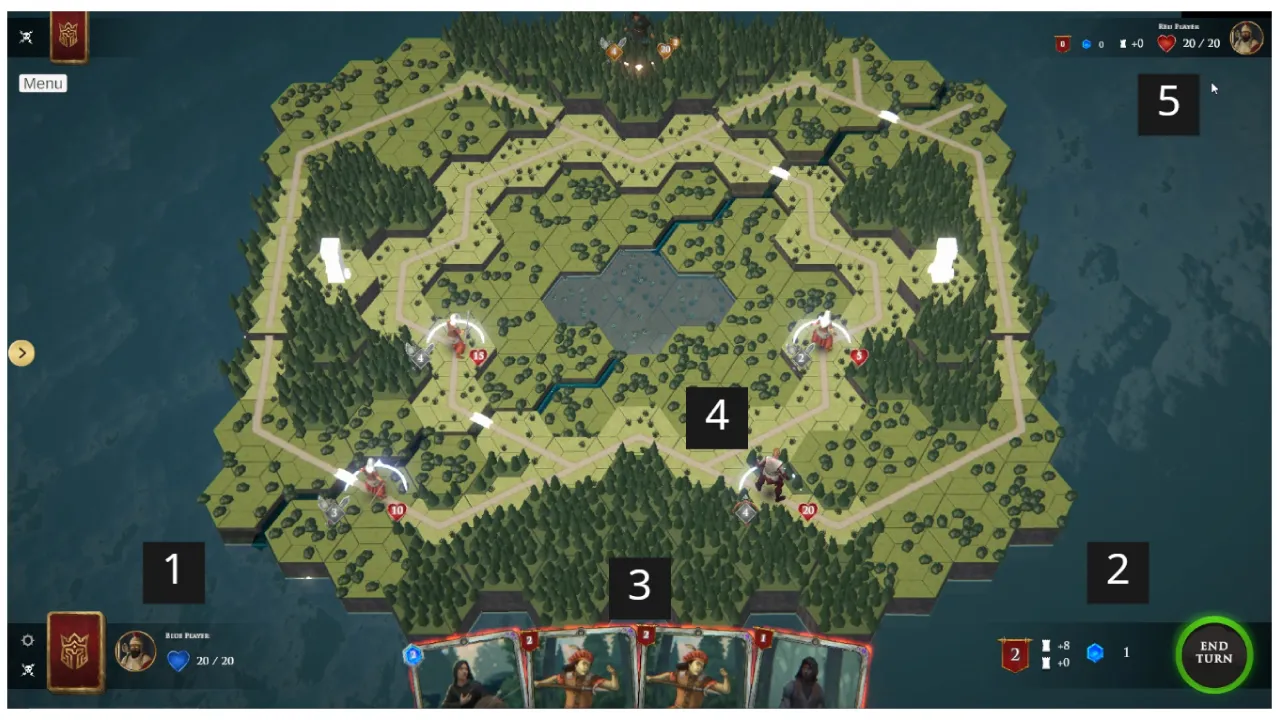
In the game screen, your warrior’s information is located in the lower left corner. The number next to the blue heart indicates the current and starting health of your warrior. The turn information is located in the lower right corner. The amount of CP in your pool is displayed as a number on the red banner. The amount of SP in the pool is displayed next to the blue hexagon.
The cards in the center bottom are your hand and can be played if the CP is appropriate. To deploy a card, drag it from your hand during your turn. Both CP and SP, or one of them, must be remaining to deploy a card. The cost of the card is displayed on the upper left of the card’s UI.
When you draw a card from your hand, the deployment area with a blue outline indicates the places where the card can be placed on the board. You cannot place a unit on a hex that is already occupied by another unit.
Regarding points for summoning and using:
Command Points (CP): Displayed on the red banner in the UI and the upper left of the card. CP is the core resource used by players to deploy units on the field, and it accumulates across turns.
Strategy Points (SP): Displayed on the blue hexagons on the UI. SP is used as an auxiliary resource to deploy strategy cards, use special abilities, and deploy specific special units. All generated SP is lost when the player’s turn ends and is refreshed at the start of the next turn. SP follows a “ramping” system similar to the one used in games like Hearthstone, where the first turn has 0, the second turn has 1, the third turn has 2, and a maximum of 5 SP can be accumulated.
Regarding movement and combat:
Movement: Units have a default movement range that depends on their characteristics. These ranges may be affected by the terrain the units interact with and the abilities they possess. Units cannot pass through tiles occupied by other units or impassable terrain like mountains.
Combat: Combat is divided into two types: melee and ranged. Unless specified by an ability, a combat attack has a maximum range of one hex (adjacent hexes). However, ranged attacks can extend over multiple hexes, as indicated by the unit’s attack range.
Control Points: The control point system is designed to encourage players to adopt more aggressive strategies and compete for important objectives. Each map has objectives that give players resources and other strategic advantages. These objectives are also located at strategic points on the map and increase the status of units that control them.
Armor: Armor functions as additional health that is restored every turn. For example, if Unit 1 has an armor rating of 3 and is attacked by a unit with an attack value of 10, Unit 1 will lose 7 health and its armor. Armor is restored to its original value at the end of each turn.
Retaliation Attacks: Retaliation attacks occur when a unit attacks another unit while they are facing each other. Retaliation attacks do not occur when a unit attacks from behind or when a ranged unit attacks a melee unit. Certain abilities or keywords can help units avoid the retaliation system or change the amount of damage dealt by attacking or defending units. For example, the “backstab” ability deals double damage when a unit attacks from behind.
Opportunity Attacks: A unit’s movement or action may trigger an “opportunity attack” from an adjacent enemy unit. While retaliation attacks occur as a result of the enemy’s attack, opportunity attacks occur in the following cases:
- When entering an adjacent tile within the enemy’s line of sight
- When leaving an adjacent tile within the enemy’s line of sight
- When attacking another unit with a missile attack while in an adjacent state within the enemy’s line of sight
- When using an active support ability while in an adjacent state within the enemy’s line of sight
Rotational Combat: Instead of a direct attack, players can attack from the side of an enemy unit to increase the damage dealt and reduce the amount of retaliation damage received. After the attack, the unit cannot change its facing and is vulnerable to a strong counterattack from vulnerable units.
About the Flow of a Turn
The first turn of the battle starts in the same way for all players, and subsequent turns follow a slightly different format. The first turn progresses as follows:
- Draw
- Deployment
- Core Gameplay
1. Draw
Each player draws 7 cards from their deck to their hand.
2. Deployment
The first player receives 8 CP, and the second player receives 10 CP to spend on unit deployment before the battle. Unused CP is lost and cannot be carried over to the next turn. For the initial unit deployment, both players place their commanders for free in the center of their deployment zone.
Then, both players place units from their hand onto valid hexes in the deployment zone and pay the cost using CP. This is done simultaneously, and players cannot see where their opponent placed their units until both players have completed the deployment phase.
3. Core Gameplay
- Player 1 begins their turn and takes the desired actions.
- The player who just finished their turn passes their turn, and the opponent becomes the active player.
- The players continue taking turns until the game ends.
At the start of each turn, the active player draws a card, generates CP, and replenishes their SP pool (by 1 more than the previous turn). All actions (movement, attacks, and card deployment) occur within the same turn and can happen in any order or timing. The game ends when one of the commander warriors’ health is reduced to 0. At this point, the player is shown the end game screen.
About Deck Building
Players can use the barracks to change their army (deck) and save different armies for different gameplay strategies. The army must consist of 21 cards, including a commander warrior, and no more than 2 of the same card. The deck should include cards with different CP costs to enable early, mid, and late-game strategies, but players should adjust their deck to focus on controlling any one of these sections. For example, an aggressive deck should include many low-cost CP cards and aim to win in the early game, while a control deck should focus on generating CP and defense to wear down the opponent and aim to secure victory with higher-cost units in the late game.
About Starting Armies
Starting armies consist of a combination of units and tactic cards and are locked to the player’s account. They are not NFTs and cannot be traded. All players receive a free initial army consisting of units and tactic cards, and they can edit their initial army by adding units and tactic cards that they have played or purchased.
How to earn in Aradena
Players have two main battleground game modes and a special event system.
Constructed Monthly Ranked
This is Aradena’s core game mode, always available, where players can build their own decks and battle other players. This is part of the core gameplay loop based on the purchase of Silver Coins and packs, and players can earn Silver Coins to purchase new cards by honing their chosen strategy through ranked play mode.
Users gain or lose ranking points based on their performance within the battleground. The higher ranked the user is, the better the rewards they receive.
Weekend Ranked
Weekend Ranked is a mode where users can earn the major token $AG within Aradena. Users can join the league on Fridays and play a total of 12 matches over the weekend, for a total of about 6 hours or 2 hours per day. Players have a pool of $AG they can earn, and the highest-ranked players receive the most $AG.
Event System
The event system is one of the main systems for user retention in Aradena. It provides new game modes, daily, weekly, and monthly tasks, and different rewards.
How to get started with Aradena and purchase Warrior NFTs
Currently only staking, questing, and strengthening of the warrior NFT is available in Aradena.
In order to access them, you must purchase:
- Genesis Male Warriors
- Genesis Female Warriors
Purchases can be made through OpenSea.
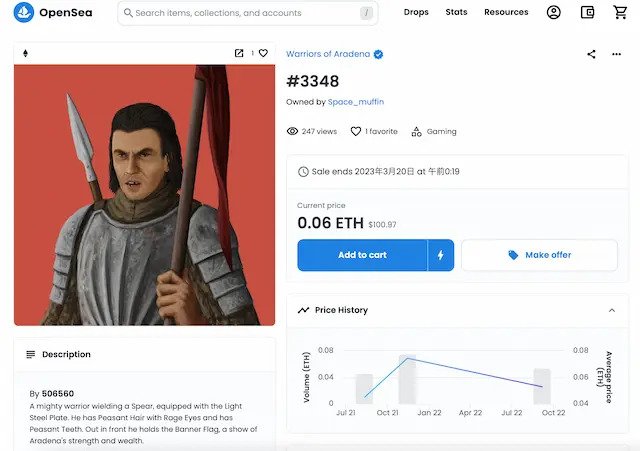
Card packs can also be purchased in the ImmutableX marketplace.
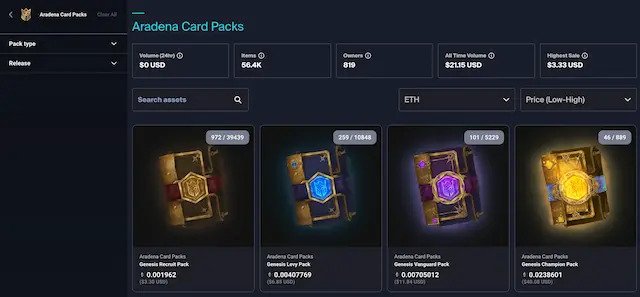
Aradena Summary
Aradena is a groundbreaking competitive strategy game that offers an immersive experience through innovative gameplay and web3 technologies. With full decentralized ownership of in-game items, such as NFTs, and the ability to earn real financial rewards, Aradena provides a unique opportunity for players to engage in meaningful and exhilarating gameplay experiences. With a blend of Hearthstone-like deck-building mechanics and strategic gameplay inspired by Civilization, Warhammer, XCOM, and more, Aradena promises to be a game like no other. Whether you’re a seasoned gamer or new to the world of strategy games, Aradena offers a fresh and exciting challenge for all.
Mint Your Free NFT Badge and Enter Our Exclusive Giveaway – Limited Time Offer!
Mint your own SGG NFT Badge today and join the exclusive SGG member community! And that’s not all – only SGG NFT Badge holders will be able to participate in our exciting Giveaway project! So don’t miss out on this exclusive opportunity to win valuable rewards.
Our NFT badges are issued automatically by the SGG app and are based on the ERC-4907 standard, an upgraded version of ERC-721. By keeping your SGG NFT Badge in your wallet, you’ll gain access to all of the amazing features of the SGG app, including NFT Lending, NFT Auction, Gacha, and more.
Ready to start monetizing your NFTs and enjoying the exclusive benefits of SGG membership? Mint your SGG NFT Badge today and join the revolution of NFT-based gaming!
JOIN Samurai Guild Games! Read here <https://samuraiguild.io/guide-to-enter-samurai-guild-games-giveaways/>
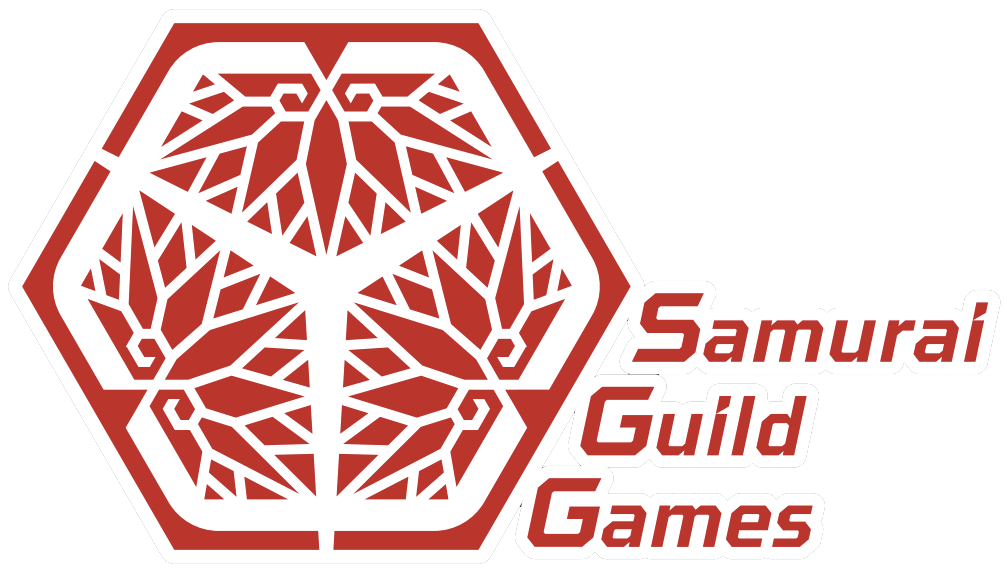
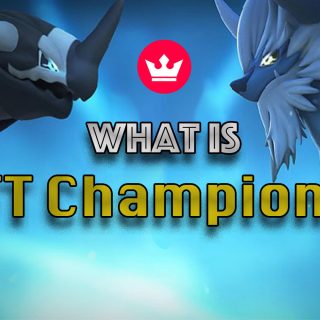
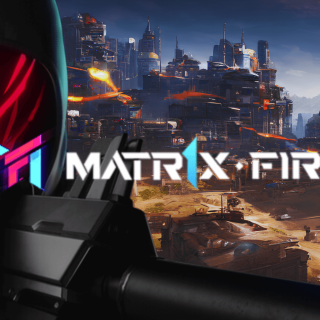
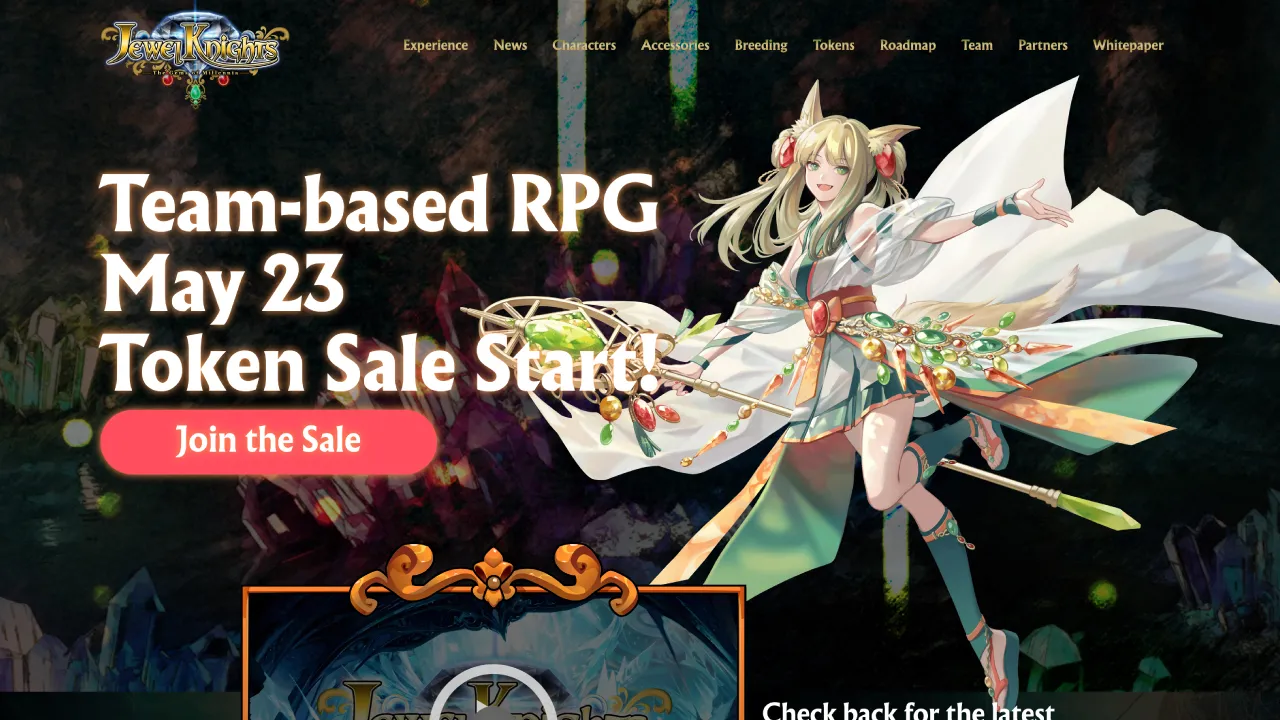
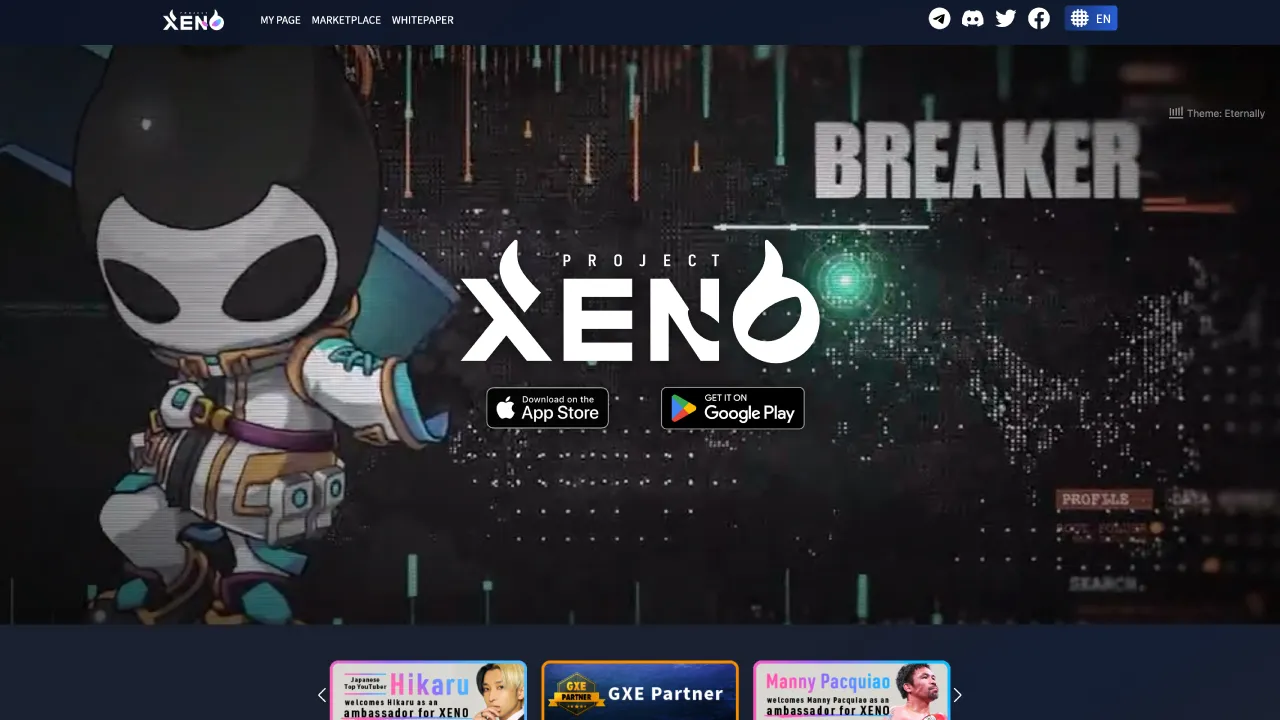
Permalink